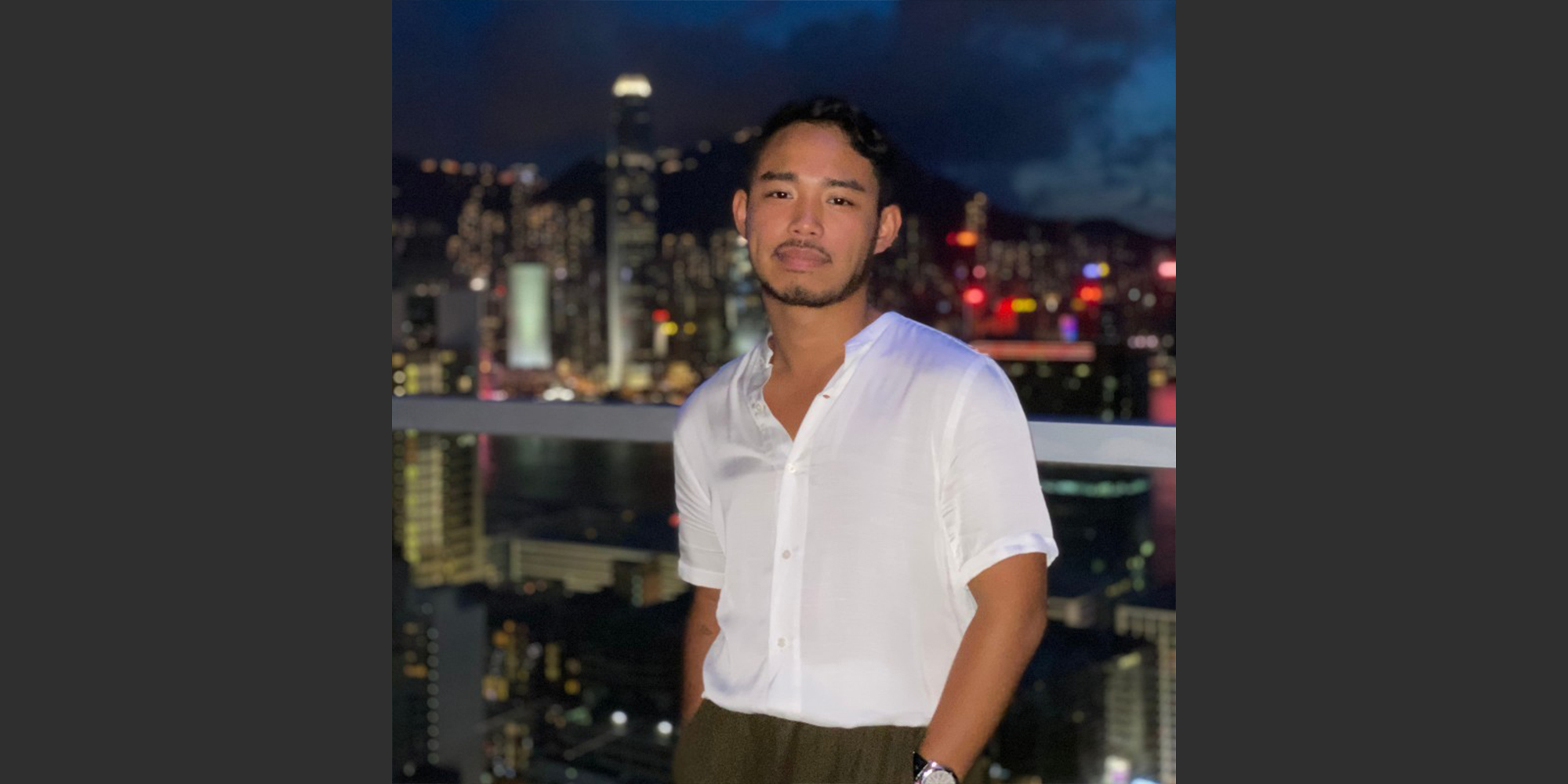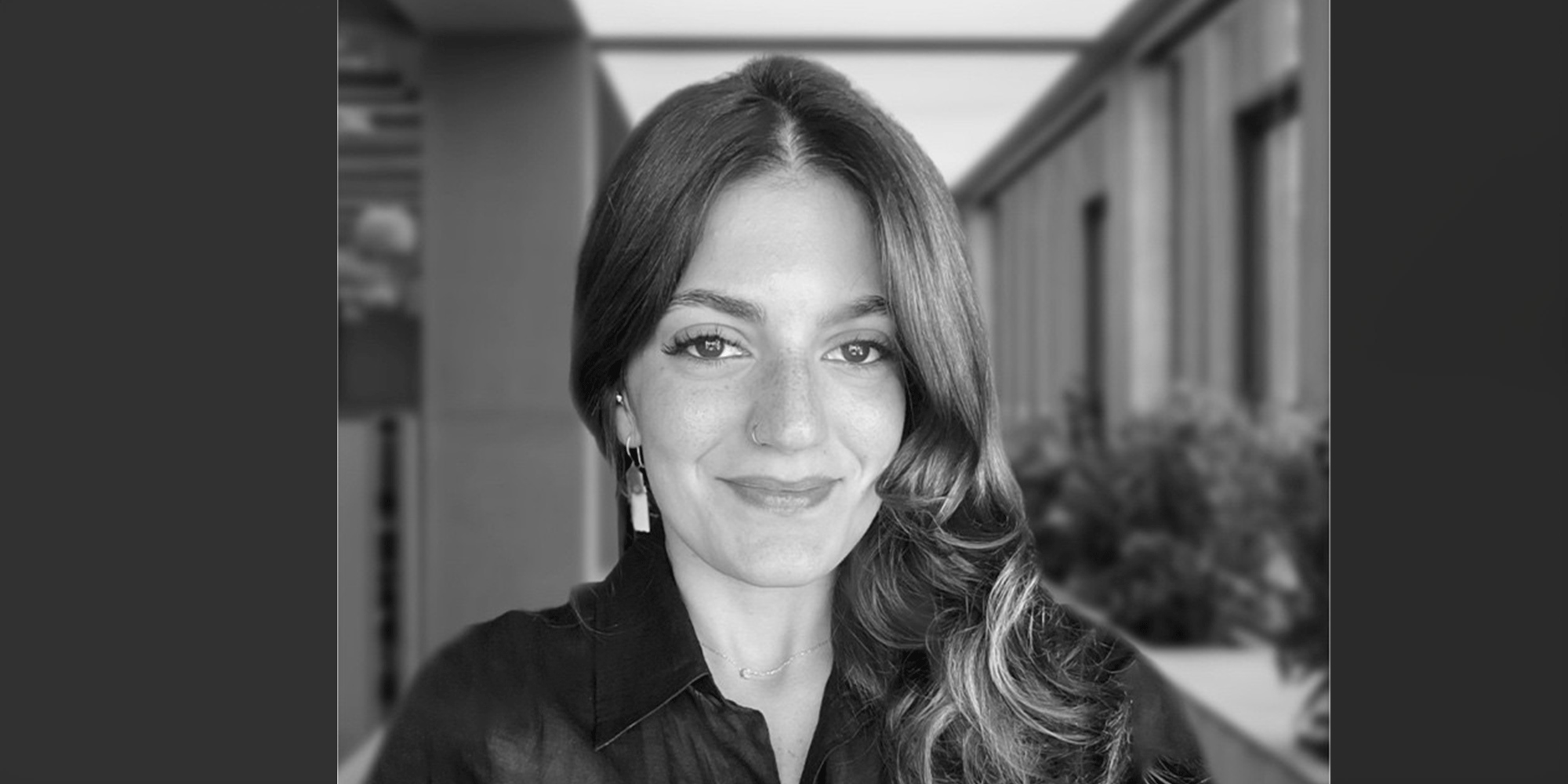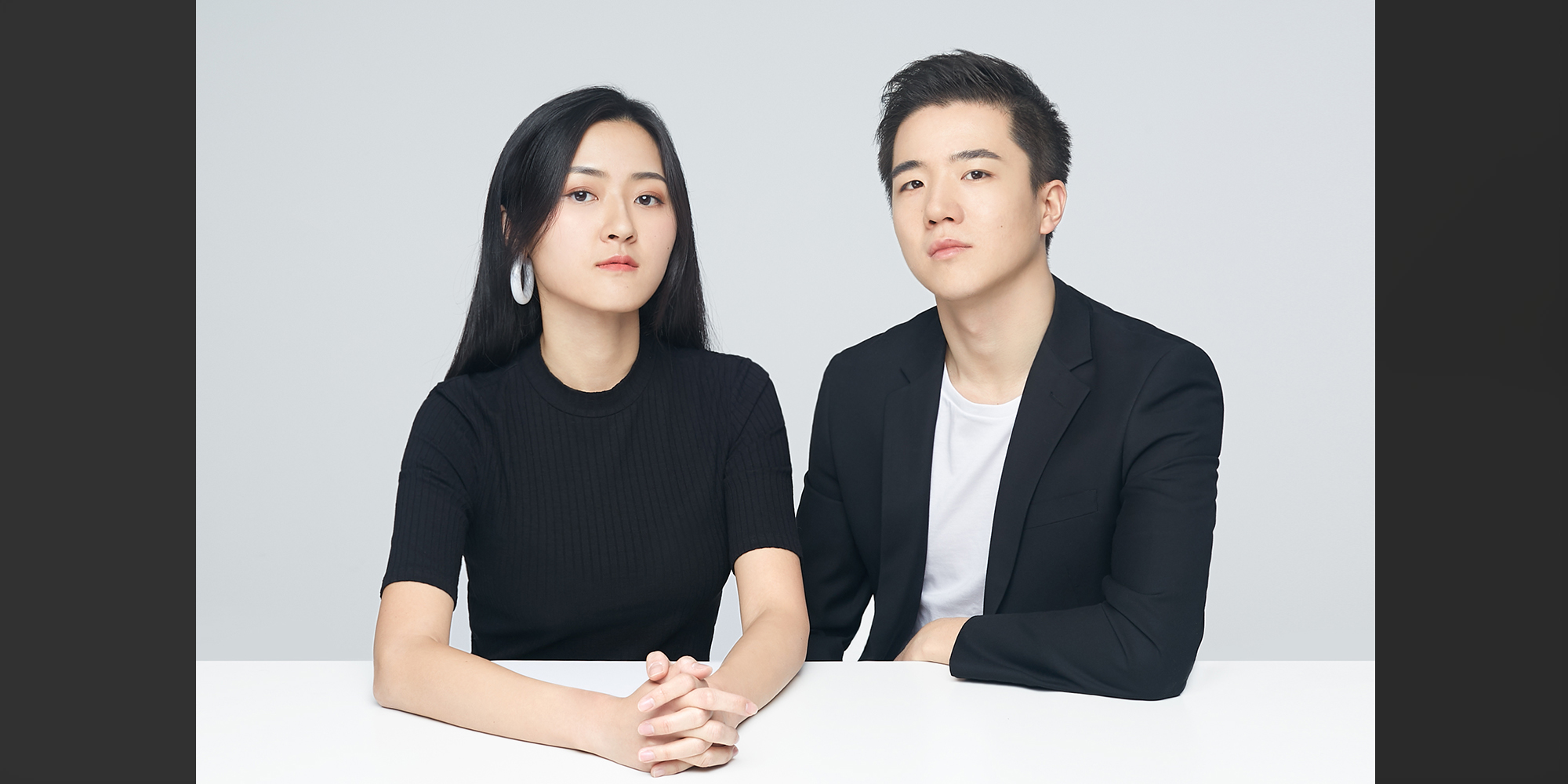At Fublis, our Media Matters series highlights the experiences, insights, and impact of media professionals—including journalists, editors, writers, and content creators—who are shaping the evolving landscape of media and communication.
In this edition, we speak with Jayson Paolo Albano, a seasoned video producer and journalist with nearly a decade of experience in digital and broadcast media. Currently with the South China Morning Post, Jayson has previously worked at Reuters, collaborated with Pulitzer Prize-winning journalists, and brought compelling stories to life across Asia Pacific. From award-winning documentaries to fast-paced social media productions, he offers a unique perspective on how visual storytelling adapts to meet today’s dynamic media demands.
Jayson shares his journey into journalism, the evolving challenges of video production in the digital age, and the importance of writing as the backbone of any powerful narrative. He also reflects on his creative process, his experiences as a public-facing journalist, and the future of content creation in a rapidly shifting landscape.
Let’s start with your journey! Can you share a bit about your background and what sparked your interest in video production?
Jayson Paolo Albano: I did my master’s in journalism, and found my way into broadcast TV right after. I had always wanted a visual creative outlet, but I didn’t find one until I picked up a camera in J-school. I liked that there are so many elements to consider in making a visual piece– how you film, how you edit, how you write, etc. I also liked how tech innovations would frequently upend the status quo, and everyone has to scramble to figure out how to proceed. It makes experimenting and being creative not just welcome, but necessary.
Reflecting on your eight years as a video producer, how would you describe the highs and lows of your career journey?
Jayson Paolo Albano: In the very early years of my career, I got to work with Pulitzer-winning journalists at Reuters, and even managed to get some classic broadcast experience in an era of journalism that prioritises digital video. I also had the privilege of competing in film festivals at such a young age. Since moving to the South China Morning Post, I have been able to travel around the APAC region to produce stories. In terms of ‘lows’, I’d just say that job security is not always easy to come by.
When it comes to transforming complex news stories into short clips for Instagram, how do you make that process work without losing the essence of the story?
Jayson Paolo Albano: You’d be surprised how much information you could put into a short clip. But that aside, I just think about what I would need to know right now. Every news piece, even a long read or a documentary, is a story cut down and simplified somehow to fit a narrative angle. A short clip for social media is created with that same philosophy. You can’t always be the definitive, exhaustive guide to every story, and you don’t have to be.
Being the face and voice on social media must come with its own unique set of challenges and rewards. What are some of the most memorable experiences you’ve had in that role?
Jayson Paolo Albano: I haven’t been in this role long as of yet, but it has already taken me to places in Hong Kong that I’ve never been to before. And sometimes, it’s a very quick turnaround. I have produced pieces from start to finish in a day, and I love the thrill that comes with that. After all, you want to catch a trending story as early as you can. The first piece I did on street shops closing down en masse in Hong Kong did remarkably well, and I couldn’t have asked for a better professional social media debut.
With the need for engaging content on social media, how do you maintain journalistic integrity while still keeping things lively and dynamic?
Jayson Paolo Albano: As a journalist, you want to be aware of where the line is between producing a story that is interesting because it is actually interesting, and producing something to be clickbait. With social media, the line has blurred a bit, but the bottom line in journalism is still the same. Every story, every fact has to be meticulously researched and fact-checked. And if the core of your story is faithful to the reality you are trying to depict, then the rest is just down to creativity.
You wear many hats—producing, writing, editing, voicing, and hosting. Which part of the process do you find the most fulfilling, and what makes it special for you?
Jayson Paolo Albano: I would say the writing. I think it’s the hardest skill to learn out of all the different ones you need to bring a story to life on screen. And because of that, I was more proud to have learned to write well than I was to edit or voice. The writing is what guides your audience through your scenes. It’s the plaster you use to patch up holes in your edits. It’s what dictates the pace of your story, more than the speed of the voiceover. It’s where you can truly make or break a piece. And if you can write well and true to who you are, the voicing and the hosting comes to you more naturally.
Your award-winning documentary about juvenile drug addicts in New Delhi is powerful. What drew you to that subject, and what did you hope to accomplish with it?
Jayson Paolo Albano: The film came as a pitch from my friend and co-director, Sonali Devnani. We were offered access to one of the very few rehabilitation centres in New Delhi serving juvenile drug addicts, and from there we met so many kids at different stages of their battle with addiction. The project was a labour of love that took about two years to complete. Ultimately, we wanted to raise awareness to the fact that these centres in Delhi needed more funding, and this documentary did exactly that. We raised enough for the centre we worked with to renovate and expand.
How did winning Best Short Documentary influence your subsequent work or career direction?
Jayson Paolo Albano: I wouldn’t say that winning influenced the direction of my career. The documentary/ film festival circuit can be costly and time-consuming. I will say that experiencing my own work up on the big screen is an unforgettable feeling. There’s the thrill of seeing an actual audience react to the art you’ve made. There’s the anxiety of seeing flaws exaggerated by the size of the screen. Then comes the audience reception, and knowing you could have made a difference with your work. The gravity of all this, I have taken into everything I have ever put out over the rest of my career.
As you look back over the years, what’s the biggest change you’ve seen in digital video production that has impacted how you work?
Jayson Paolo Albano: The rise of social media as a journalistic platform. More people consume their news through social media now, forcing newsrooms to adapt by creating vertical content. The increasing reliance on social media to reach audiences has also meant newsrooms are at the mercy of mysterious algorithms that can turn on a dime. And with so much misinformation and disinformation online, news literacy is now a bigger concern than ever. The rise of AI has only exaggerated these issues.
Finally, for those just starting their journey in digital video production and journalism, what piece of advice would you offer to help them navigate this fast-paced industry?
Jayson Paolo Albano: I would say that the uncertainty of the industry could put people off of wanting to enter in the first place. But some people reign in chaos. Above all else, this uncertainty means that there is no tried and tested formula for success anymore. That should give you the permission to experiment and allow yourself to be more creative. See what works, see what doesn’t. Strategies that worked ten years ago, or even five years ago, probably won’t work anymore today. There’s always room for something new, and that could be you tomorrow.




